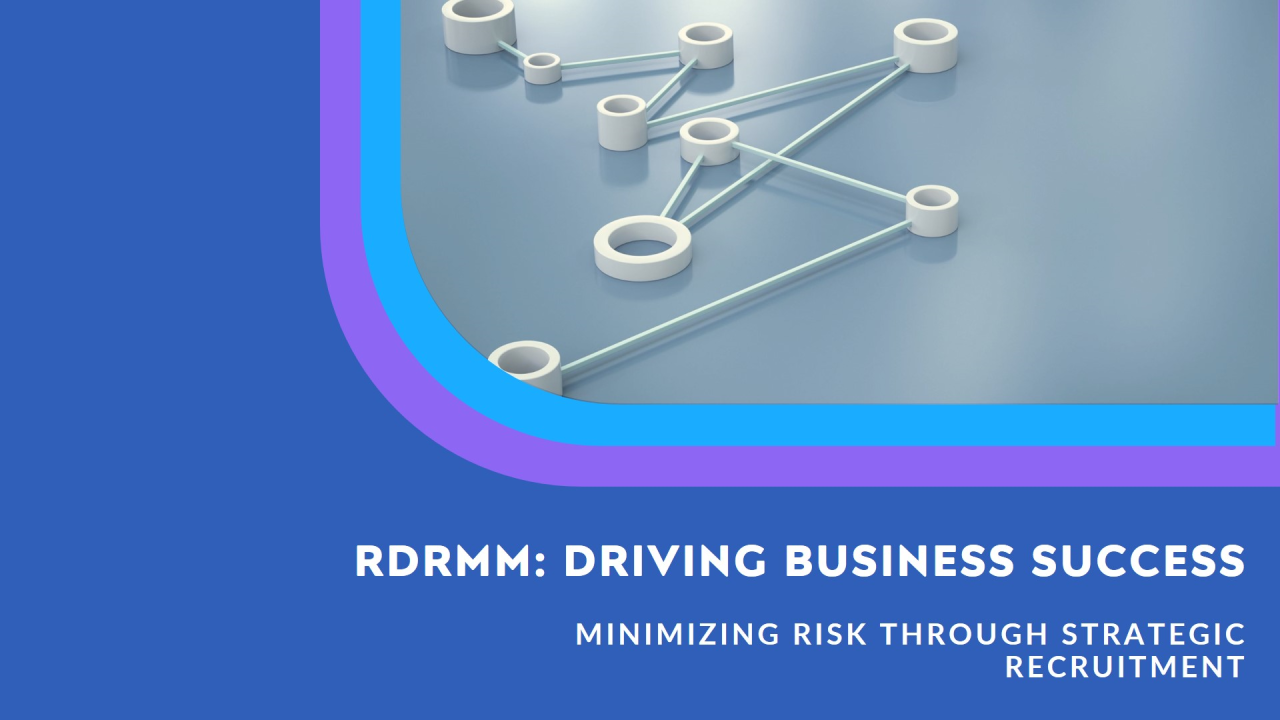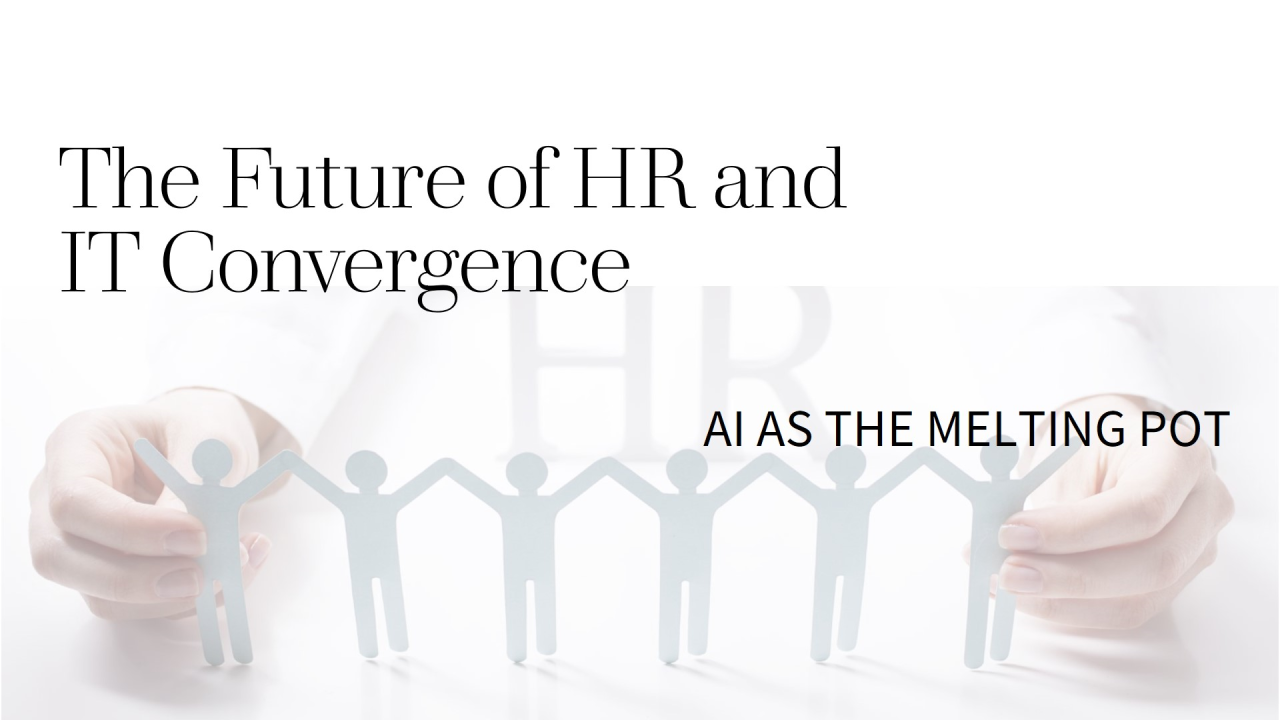Introduction
The AHALTS Risk Distributed Resource Management Model (RDRMM) introduces a revolutionary approach to business management and recruitment. It leverages two patented engines: the Resource Value Engine (RVE) and the Resource Utility Engine (RUE), providing a holistic method for aligning business vision with actionable strategies. This model not only enhances organizational efficiency but also transforms recruitment practices by integrating calculated and anticipated needs.
The Resource Value Engine (RVE)
At the heart of RDRMM is the Resource Value Engine (RVE), which drives the creation of the organization's vision plan. The RVE breaks down this vision into a structured framework of mission, objectives, initiatives, actions, and results. This structured vision ensures that the organization’s goals are clear and strategically aligned with its overall mission.
The Resource Utility Engine (RUE)
The Resource Utility Engine (RUE) complements the RVE by evaluating and simulating the vision plan created in the RVE. It does this by asking five critical questions:
- What to do?
- Why to do it?
- How to do it?
- Who will do it?
- What is the desired goal?These questions guide the implementation of the vision, ensuring that every aspect is thoroughly planned and executed. RUE focuses on breaking down the skill requirements, resources, workload, cost, and returns, aligning them with the organization's strategic objectives.
The Role of Key Trigger Switches (KTS)
A unique feature of RDRMM is its emphasis on Key Trigger Switches (KTS), which supersede traditional Key Result Areas (KRA) and Key Performance Indicators (KPI). KTS focuses on defining and monitoring risk within the business model. This proactive approach enables organizations to manage risks effectively, providing critical information for balanced scorecards and continuous monitoring.
Organic Recruitment Model
RDRMM's approach to recruitment is organic and holistic. It provides comprehensive data on the total skill pool required, broken down by location and time. This detailed insight facilitates an organic recruitment model that emphasizes skill development on the shop floor through a buddy process, embedding the organization's work culture from onboarding.
Integrating Calculated and Anticipated Needs
Recruiting decisions should ideally be based on a combination of calculated and anticipated needs. Here’s why integrating both can be beneficial:
- Calculated Needs:
- Anticipated Needs:
Short-Term Hiring and Outsourcing
RDRMM also advocates for short-term hiring for short-term needs and outsourcing where the workload is not significant. This approach is validated by implementations that have saved companies up to 30% on salary and wages costs. This flexibility allows organizations to manage fluctuating workloads efficiently without compromising on quality or increasing fixed costs unnecessarily.
Arguments Against RDRMM
While RDRMM offers numerous benefits, there are potential arguments against its implementation:
- Complexity: The model's comprehensive nature might be complex to implement, requiring significant changes in current processes and systems.
- Initial Costs: There could be substantial initial costs associated with integrating RUE and RVE, training staff, and setting up AI tools for automation and analysis.
- Cultural Shift: Organizations may face resistance to change, especially if employees are accustomed to traditional methods of risk management and performance measurement.
conclusion
The AHALTS RDRMM provides a robust framework for aligning business vision with strategic actions through its Resource Value Engine and Resource Utility Engine. By integrating calculated and anticipated needs in recruitment, organizations can achieve both immediate efficiency and long-term growth. While there are challenges to implementation, the potential benefits in risk management, cost savings, and strategic alignment make RDRMM a valuable model for modern businesses.
By adopting RDRMM, companies can create a dynamic and responsive recruitment strategy that not only addresses current needs but also prepares them for future opportunities and challenges.
*RDRMM is patented by Arun Puri





